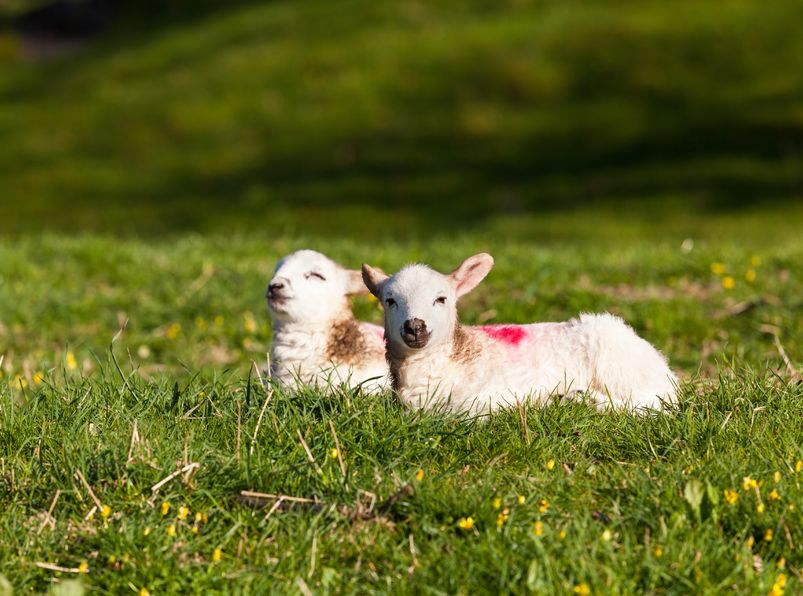
New research on premature lambs grown in an artificial womb may one day change the outcomes for preterm birth humans.
When premature babies are born at 23 weeks, their survival rate is just 15 per cent. At 24 weeks, that rises to 55 per cent.
But the lambs are at risk of health problems during their life.
But the new study, published in Nature Communications, has shown how lambs, and human babies, could get an extra four weeks in gestation – by way of a sealed sterile plastic bag filled with amniotic fluid, connected to a machine that functions like a placenta, providing nutrition and oxygen to the blood via the umbilical cord, whilst removing carbon dioxide.
The breakthrough supported the development of a group of eight lambs, with the longest survivor now more than a year old. Several other lambs were taken for post mortems to study how they had developed physiologically.
How it works
To show the potential of their system, the team worked with five premature lambs aged 105 to 111 days, as they are developmentally similar to a human fetus at 23 weeks.
They also used three lambs that were slightly more mature, age 115 to 120 days.
The system was made up of a few main factors to support stable development: a circulatory system, a closed fluid environment and use of the fetus' own heart to pump blood around the system, not an external pump.
It all works together so that blood flows to and from the fetus, through a gas-exchange interface similar to what would occur across a placenta, while the fetus remains in a stable fluid environment.
The team's efforts were successful, with the lambs showing normal circulation, blood pressure, metabolic processing, growth, lung development and brain development after four weeks inside the artificial womb.
